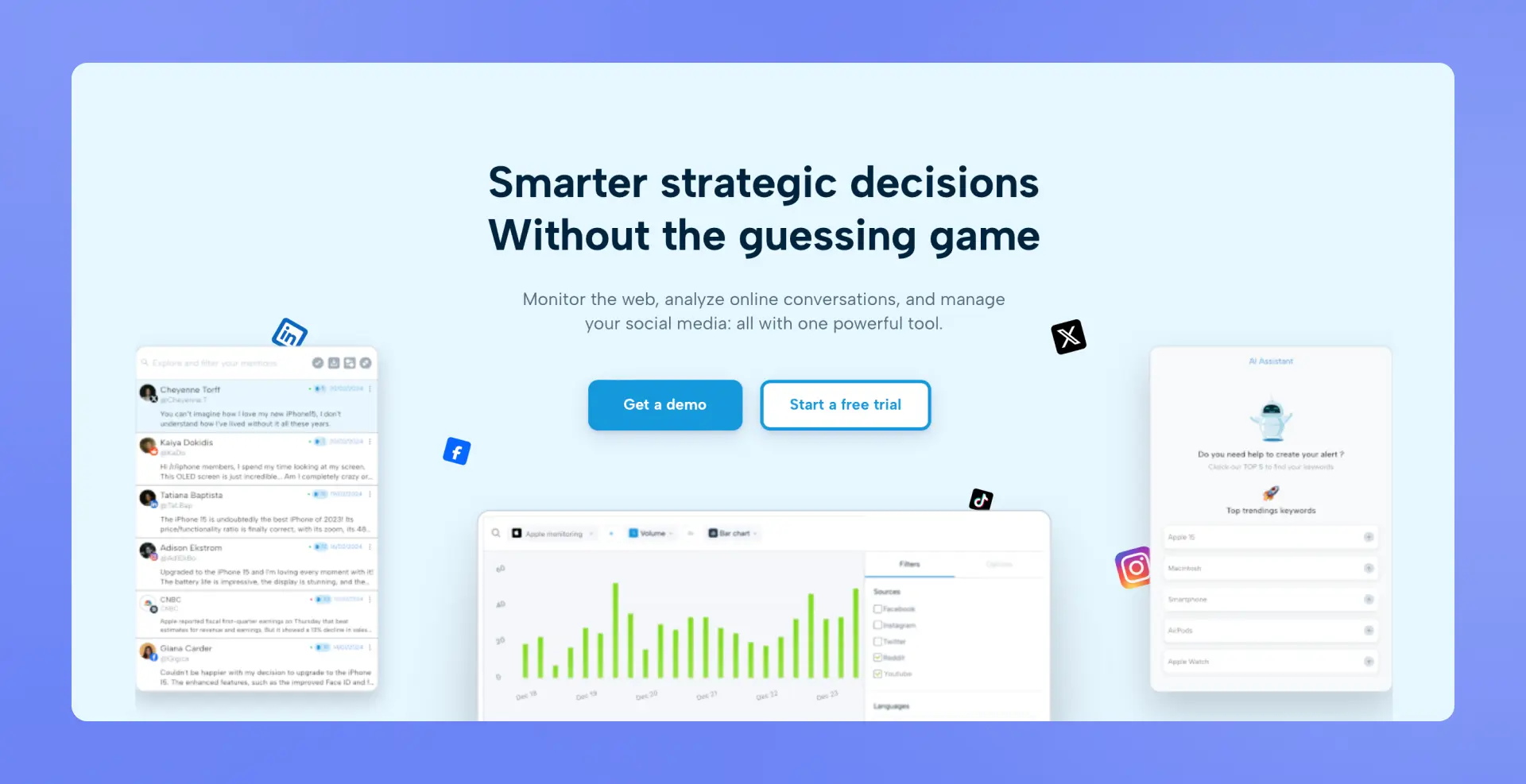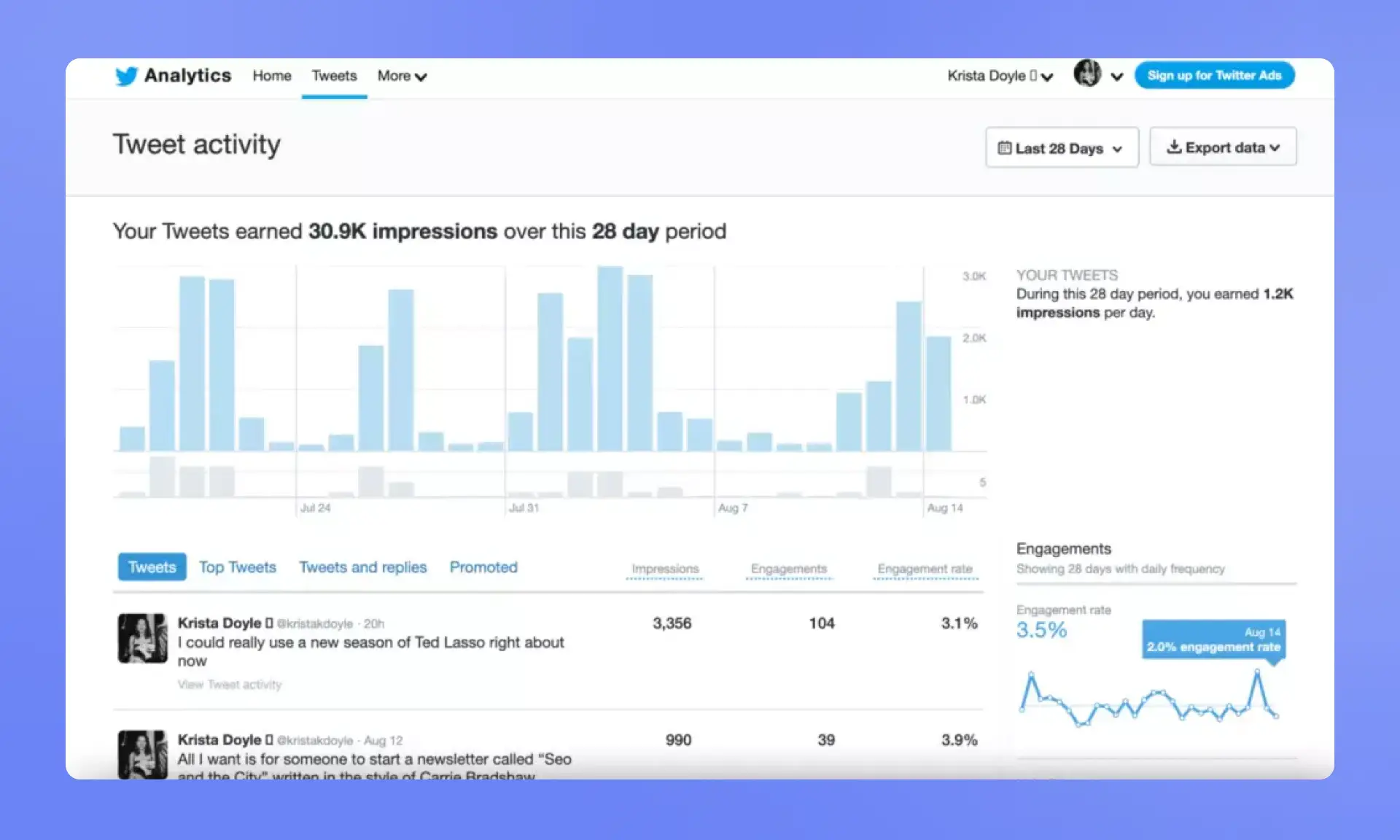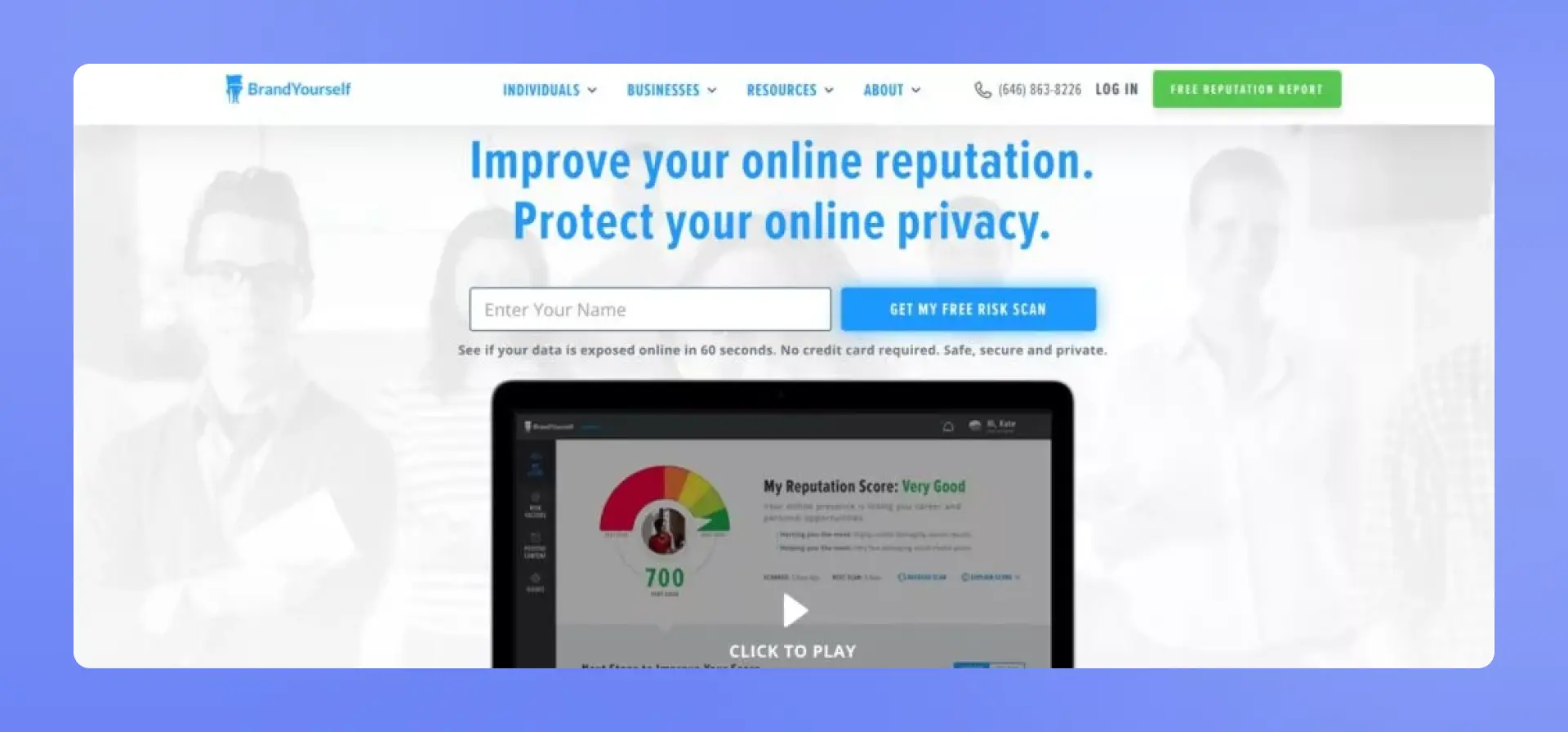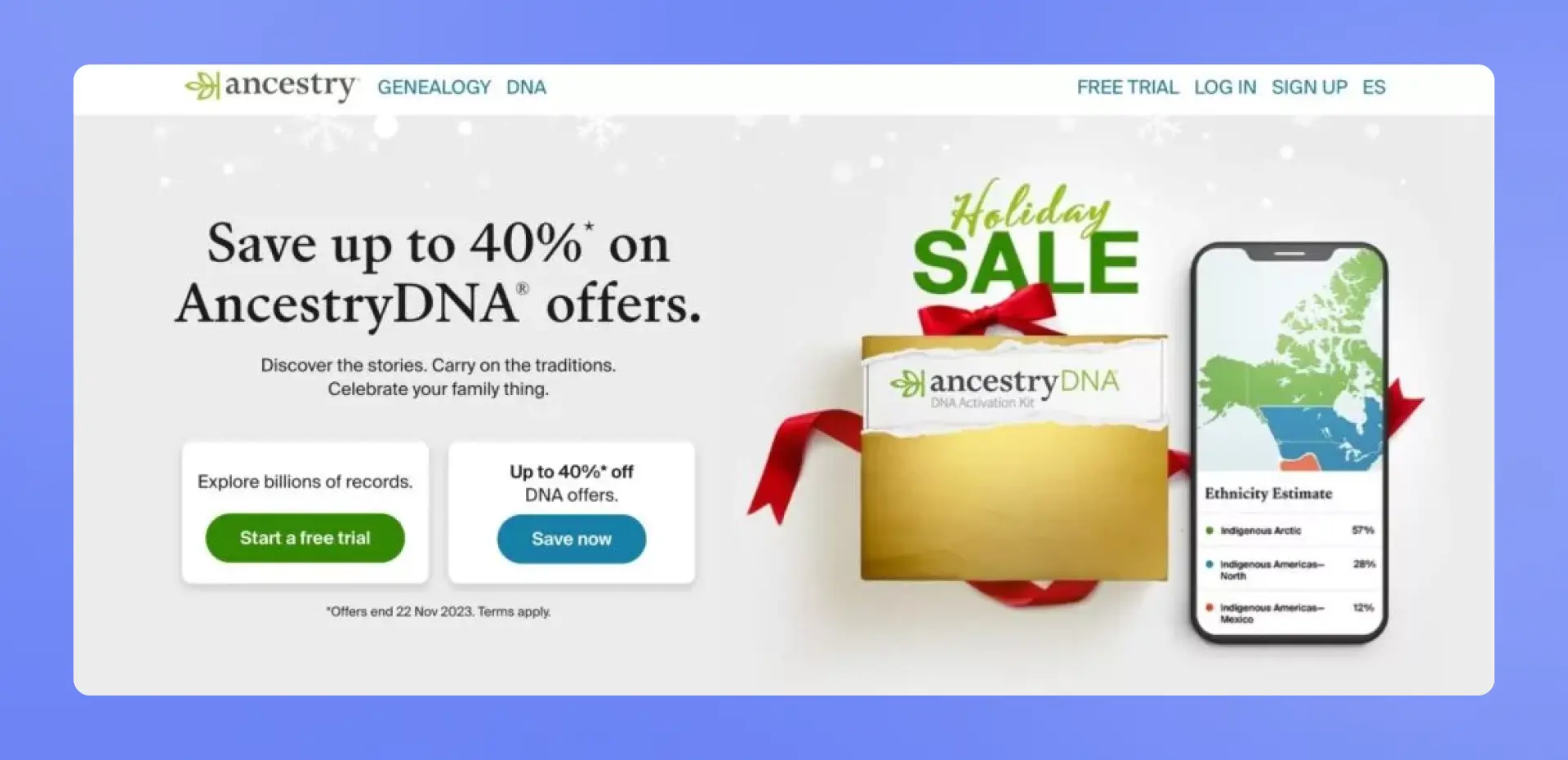

Many websites provide information about people who have been searching for you online. Just a few clicks—and you’ll find it out in a matter of seconds. However, the fact that your personal data can be used to track you is quite uncomfortable. Although most people wouldn’t want to hurt you, it’s helpful to know who they are. Maybe there are long-lost relatives or potential employers who want to know more about your life. But how to find out who’s searching for you online?
Why is it easy to find someone online?
The Internet is a miraculous place where you can find any information with just a simple click of a button. But it is also easy to find anything about you; Google yourself, and you’ll be surprised at the results. Search engines save details from your social media accounts and other open sources, so anyone who is curious can access them and learn more about your life.
Another place that contains tons of information is public records. They are collected by local or state agencies and shared online for free, being accessible from anywhere in the world. It’s a tidbit for fraudsters who can use their full name, address, and other data to commit identity theft. Should we tell more about the consequences of this cybercrime?
Of course, you wouldn’t be at peace if you knew that any person can learn all your ins and outs. And if your colleagues, potential employers, or exes are searching for you online, wouldn’t you want to know about them?
Who Is Searching for Me Online?
According to a recent study, Google handles a shocking 40,000 searches per second. This adds up to over 3.5 billion daily searches and a whopping 1.2 trillion searches annually. Have you ever wondered how many of them include your name? There could be thousands of them.
Understanding, if people are looking you up online offers you a benefit, helping you manage your online presence and guaranteeing that any information about you presents you in a positive light you positively. But how can you know if someone is searching for you on the internet? Let’s look at 7 common methods to learn this.
Create Google Alerts for Your Name

It is an essential tool for anyone who wants to find information about them on Google. Of course, you won’t monitor who’s looking for your name online. But, at least you’ll get notifications when the new details have become available on the internet. Do the following steps to start using Google Alerts:
- Go to the Google Alerts website.
- Sign into your Google Account if you haven’t already.
- Enter your name in the “Create an alert about” box and click “Create Alert.”
After you have set it up, Google Alerts will send you an email notification for any new search results that include your name or any changes made to your Google Alert settings. These emails will contain links to the websites mentioning your name.
Plus, at the bottom of each email, there’s an option to receive these alerts as an RSS feed. By clicking this link, you can integrate the alerts into your preferred feed reader, making monitoring your name’s mentions even more convenient.
Look for Social Mentions

Another website that is similar to Google Alerts is Mention.com. However, it focuses on social networks rather than the overall search queries.
Mention.com offers a web-based alert system with desktop and mobile apps and a free 14-day trial for new users. It also provides a straightforward method for tracking your name:
- Visit the Mention.com main page
- Create an account and sign up
- Add an alert for monitoring your name mentions
- Click “Get Started” to launch the search
Mention.com begins by scanning blogs, forums, and social media platforms like Instagram, Twitter, and Facebook. The service starts with a default set of alerts, which you can modify at any time.
On the Mention dashboard, you’ll find a comprehensive list of all the occurrences of your alert, which are sent to your email by default. This helps you track mentions of your name and can indicate if someone is searching for you online.
Create a LinkedIn account
LinkedIn offers a feature to discover who is searching for you online. You can access this tool by logging into your LinkedIn account and locating the “Who’s viewed your profile” link, which is situated under your name on the left side of the page. It’s beneficial because your profile can be found directly on LinkedIn or through a Google search, as your information is publicly available.
On the right side, you’ll see a detailed count of recent visitors to your profile. For further information, simply click on this link.
As you follow to the “All profile viewers” section, you will find more insights about individuals who have recently checked your LinkedIn Account. They include the following information:
- Name
- Company
- The way they saw your profile
- List of mutual LinkedIn connections
- When they viewed your profile
Remember that a Premium LinkedIn membership is required to view the complete list of people who have viewed your LinkedIn profile. Investing in the premium plan would be highly beneficial if accessing this data is essential.
Use Twitter Analytics

Twitter provides in-depth tools to learn who is searching for you online. You probably often check the usernames of people who like or retweet your posts. These interactions are visible for review unless the viewers have set them to private.
The social network doesn’t record people searching for your profile or browsing your tweet history. However, there’s still more to find out. Just use the Twitter Analytics screen to gain valuable insights. Just select “More” on your profile page, then choose “Creator Studio” and “Analytics.”
This section displays your top tweets and followers. While not all details are accessible, you can still spot followers you might have previously overlooked, potentially indicating someone actively searching for you online.
Check Facebook Story Viewers
Facebook doesn’t offer a feature to see who views your profile. Yet, you can still track interactions with your content differently.
For standard Facebook posts, engagement is usually evident through the number of likes received. However, it’s important to note that you can’t see everyone who views these posts.
Facebook Stories offer a different experience. When posting, you can share content to your “News Feed” or “Your Story.” These Stories, allowing you to share videos (up to 20 seconds) or images, are visible for 24 hours before disappearing.
Once you’ve posted to your Facebook Story, an eye icon with a number will appear in the post’s lower-left corner. This number indicates the number of friends who have viewed the post, and by clicking on the eye icon, you can see their names.
On your Facebook news feed, to the right, there’s a link to “Your Story.” Adjacent to this, on the left, is your profile photo marked with a “+” symbol. You can review your recent story posts by clicking on your photo and checking which friends have viewed them.
While Facebook doesn’t offer details about who views regular posts, its Stories feature provides a method to determine who is engaging with your content. Therefore, you can easily find out people looking for your profile.
Facebook Friends Algorithm
Although viewing a list of people searching for you or browsing your posts on Facebook is impossible, you can still identify who is most actively engaging with your content.
The exact workings of Facebook’s algorithm that decide the order of friends in your list remain somewhat opaque. Nevertheless, thorough research has shed light on the primary factors that influence this.
- Facebook Interactions. Measures how frequently you interact with your friends’ content on Facebook.
- Profile Views. Tracks how often you and your friends visit each other’s pages.
- Photo Tagging. Indicates who has tagged you in photos and who you have tagged.
- Wall Posts. Highlights friends who have posted on your wall recently.
- Likes. Keeps count of the likes exchanged between you and your friends on posts.
- Commenting. This shows the frequency of comments between you and your friends on posts and pictures.
- Photos. Assists in understanding the regularity of viewing each other’s photos.
- Online Status. Friends who are online typically show up at the beginning of your friends list.
Considering browsing friends’ profiles and posts without engaging is a common activity on Facebook, the friends at the top of your list are probably the ones who often view your profile and your posts. So why don’t you check this using reverse people search tools?
Set Up Your BrandYourself Profile

Creating and optimizing your profile significantly increases its visibility in search engine results. When someone searches for you and views your profile, you’ll immediately receive details about them, displayed conveniently on your dashboard.
When talking about valuable services to uncover who is searching for you online, you should consider using BrandYourself. It will allow anyone to access helpful features, including setting up a public profile.
While you may not get the complete data, like names or companies, you will almost always see the physical location. It’s essential for understanding who’s searching for you online. Plus, you’ll get more optimization tips to work with any other profiles. Follow these steps to set up your BrandYourself profile and do your research:
- Head over the BrandYourself page and create an account (it takes up to 2 minutes)
- Go to the “Reputation Builder” section and select “Profile”
- Choose “Build my profile”
- Attach the photo (it’s recommended to upload 125px by 125px image)
- Provide basic details, as well as information about your job experience, education, social media links, etc.
Premium members of BrandYourself can also customize their domains.
Anyway, this service allows you to create a complete profile that reveals your professional background and knowledge.
Obituaries and Death Notices
Consider that announcements of life events, like birth or death, can inadvertently disclose your location. Being mentioned in an obituary or death notice, whether online or in print, could unintentionally signal your whereabouts, particularly in today’s era of widespread information access.
While there are many people with the same names, both common and unique, it’s always essential to be cautious. Such details, even seemingly minor, could be the final clue for someone trying to find you. Similarly, announcements of other significant life events like births and marriages can also provide clues about your location. You should remember these potential implications when considering public announcements.
Family Research Websites
Numerous online platforms exist for family research, and if not navigated carefully, they might be used to track you and your family. Websites such as www.adopted.com are geared toward people looking for adopted family members. Although these sites adhere to consent and privacy norms, registering on them means granting contact permission, which could enable someone to trace you or your distant relatives.
Ancestry, a well-known service for genealogy research, possesses vast databases that could theoretically be used to ascertain someone’s present location. While its primary use is for delving into family history, there’s a potential for misuse. As an Ancestry member, you receive notifications when you’re added to others’ family trees, yet you lack insight into who may be viewing your or your ancestors’ information.

Ancestry provides a feature for users to lock their records, thereby restricting access to only direct relatives. This security measure is crucial for those concerned about the accessibility of their personal information online.
Start using your website
If you’re wondering how to find out if someone is searching for you, you can just your website. In some cases, it’s the most straightforward approach, and here’s why:
- You can monitor your website’s traffic
- You can analyze the IP addresses of the visitors
- You can find out if the IP address was changed
You can try two ways to do this. One way is to analyze the website’s traffic data to find the source of your visitors. If you discover an extremely high amount of traffic from a specific IP address, someone has a specific interest in you.
Another way is integrating Google Analytics into your website. It can provide a wealth of information about your audience. While it doesn’t provide the visitor’s names, you can find the following details:
- Age
- Gender
- Place of living
- Interests
- Frequency of visits
- Search queries
This data is incredibly useful, especially for professionals like writers or others who disseminate information. It enables you to understand and cater to the demographics actively seeking out your content. In any case, monitoring if someone is searching for you online via the personal website is one of the most effective ways.
Conclusion
Keep in mind that people will consistently search for you online for various reasons, ranging from simple curiosity to assessing your qualifications or even out of jealousy. This has become a regular practice, making the spectrum of potential threats quite extensive.
Although there’s no simple solution for learning who searches for you on Google, you can at least try and control what’s out there (for your peace of mind, of course). And we hope that our guide will help you manage your digital footprint.
In any case, knowing some details is beneficial for revealing the identities of your investigators. If you found at least the full name of the person searching for you online, you can use Reverse Name Search by X-Ray Contact to get their comprehensive profile. We compile the information like physical location, email address, and other social media links on one page. Therefore, you can access it easily. Plus, each new user gets a free trial to test our basic and advanced search features, as well as free Russian search.


